The inaugural 2020 Census of American Religion conducted by Public Religion Research Institute shows that religious diversity continues to be highest in the nation’s more urban counties, while rural areas remain the least religiously diverse.
The most religiously diverse counties, in order, are Kings County, New York; Queens County, New York; Montgomery County, Maryland; Navajo County, Arizona; Santa Clara County, California; Middlesex County, New Jersey; Rockland County, New York; New York County, New York; Maui County, Hawaii; and Howard County, Maryland.
The least religiously diverse counties all fall in the American South and are, in order: Noxubee County, Mississippi; Panola County, Mississippi; Conecuh County, Alabama; Amite County, Mississippi; Marion County, Mississippi; Perry County, Mississippi; Ashley County, Arkansas; Greene County, Mississippi; Smith County, Mississippi; and Clarke County, Mississippi.
Based on interviews with more than 500,000 respondents between 2013 and 2020, the census report reveals the shifting dynamics of American religious affiliation across geography, race and ethnicity, age and political affiliation over the last decade and provides the most detailed estimates of American religious affiliation since the U.S. Census Bureau last collected religious data in 1957, according to a press release from PRRI.
“The religious makeup of an area has a considerable impact on life experiences for Americans, and we are proud to release the 2020 Census of American Religion, which enables us to see that religious landscape all the way down to the county level,” noted Natalie Jackson, PRRI research director. “Using this tool, we are able to see how Americans’ religious context varies based on geography, as well as how religious identities are changing. We see some trends continuing, like the continued decline and aging of white evangelical Protestants. We are also seeing shifts in others, such as a leveling out in the religiously unaffiliated and a rebound among white mainline Protestants.”
Key findings
Over the past few decades, the white Christian proportion of the U.S. population has declined by nearly one-third, hitting an all-time low in 2018 of 42%. That trend seems to have slowed, however. In 2019 and 2020, that proportion ticked upward slightly, to 44%, driven primarily by an increase in the proportion of white mainline Protestants and a stabilization in the proportion of white Catholics.
Most religious groups are getting older, with the exception of white mainline Protestants and Jewish Americans. The median age of Black Protestants has increased most, from 45 in 2013 to 50 in 2020. In 2013, the median age of white mainline Protestants was 52, and in 2020 it was 50. Jewish Americans have decreased in median age, from 52 in 2013 to 48 in 2020.
White evangelical Protestants are the oldest religious group in the U.S., with a median age of 56 (compared to 47 in the general population), and they have also experienced the most precipitous drop in affiliation over the past decade, shrinking from 23% in 2006 to 14% in 2020. White evangelical Protestants are most heavily concentrated in counties in the South and the southern Midwest. By comparison, white mainline Protestants, which comprise 16% of the U.S. population as of 2020, are spread more broadly around the country, with the heaviest concentrations in counties in the Midwest.
Americans ages 65 and older are the only group whose religious profile has changed significantly since 2013. Among Americans 65 and older, the proportion of white evangelical Protestants dropped from 26% in 2013 to 22% in 2020, and the proportion of white Catholics dropped from 18% in 2013 to 15% in 2020. Finally, connected to these trends, the proportion of religiously unaffiliated seniors increased from 11% in 2013 to 14% in 2020.
Religiously unaffiliated
The share of religiously unaffiliated Americans has also been on the rise over the past decade but has stabilized in the last three years to around one-quarter of the population (25% in 2018, 24% in 2019, and 23% in 2020). Religiously unaffiliated Americans are most prevalent in counties located in the Northeast and the West.
The full 2020 Census of American Religion, including additional county-by-county maps, is available on PRRI’s website.

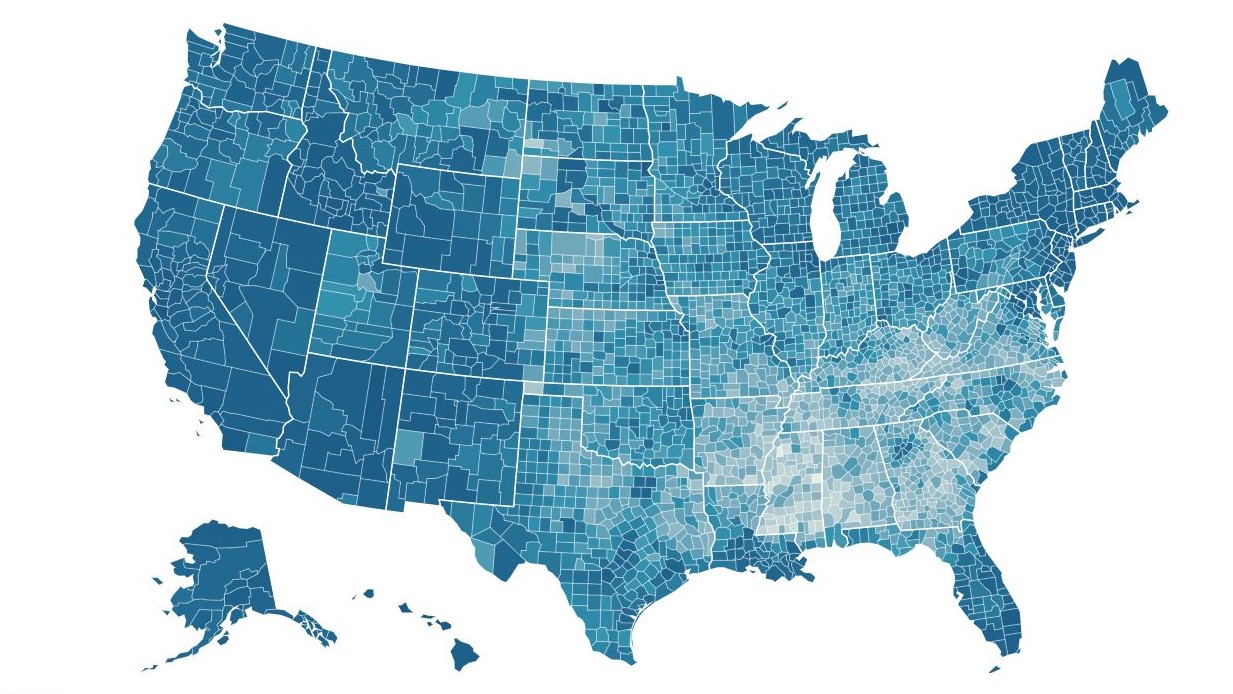
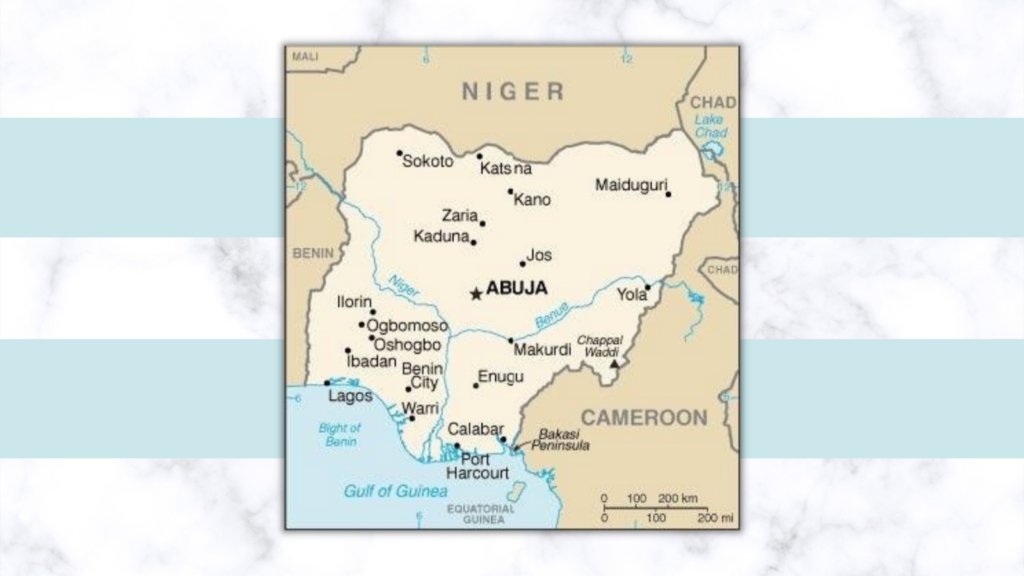
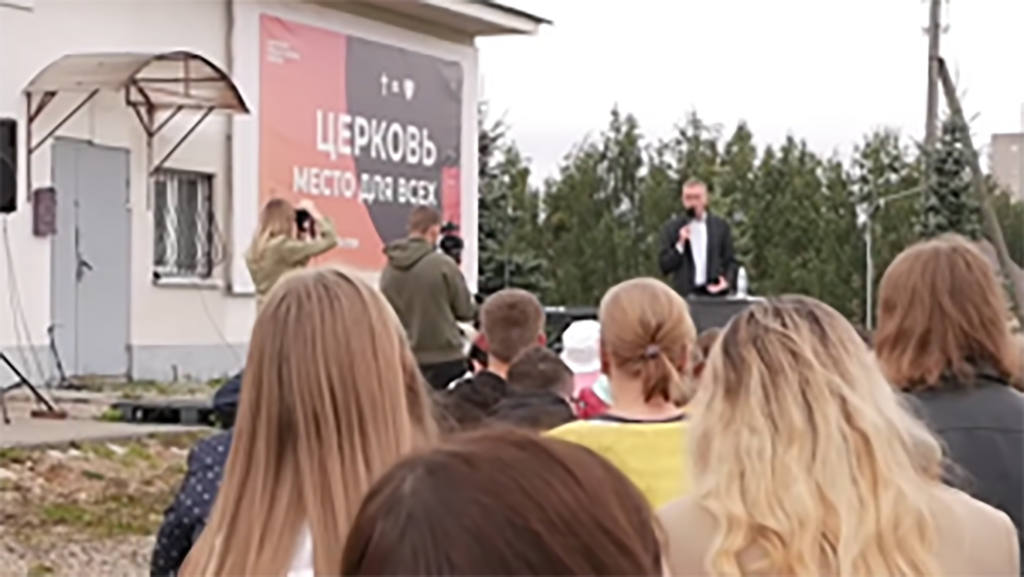
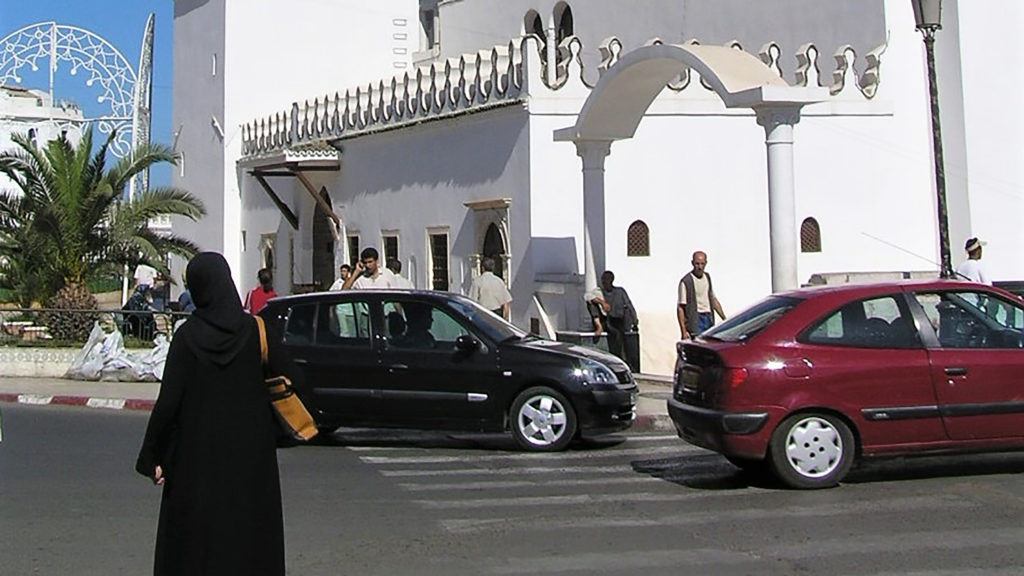
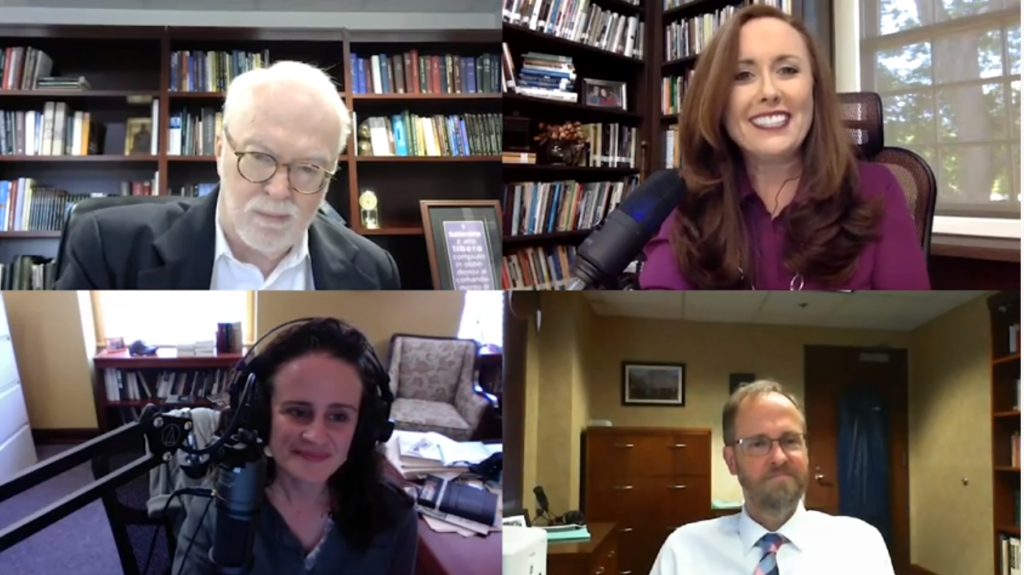
Share with others: